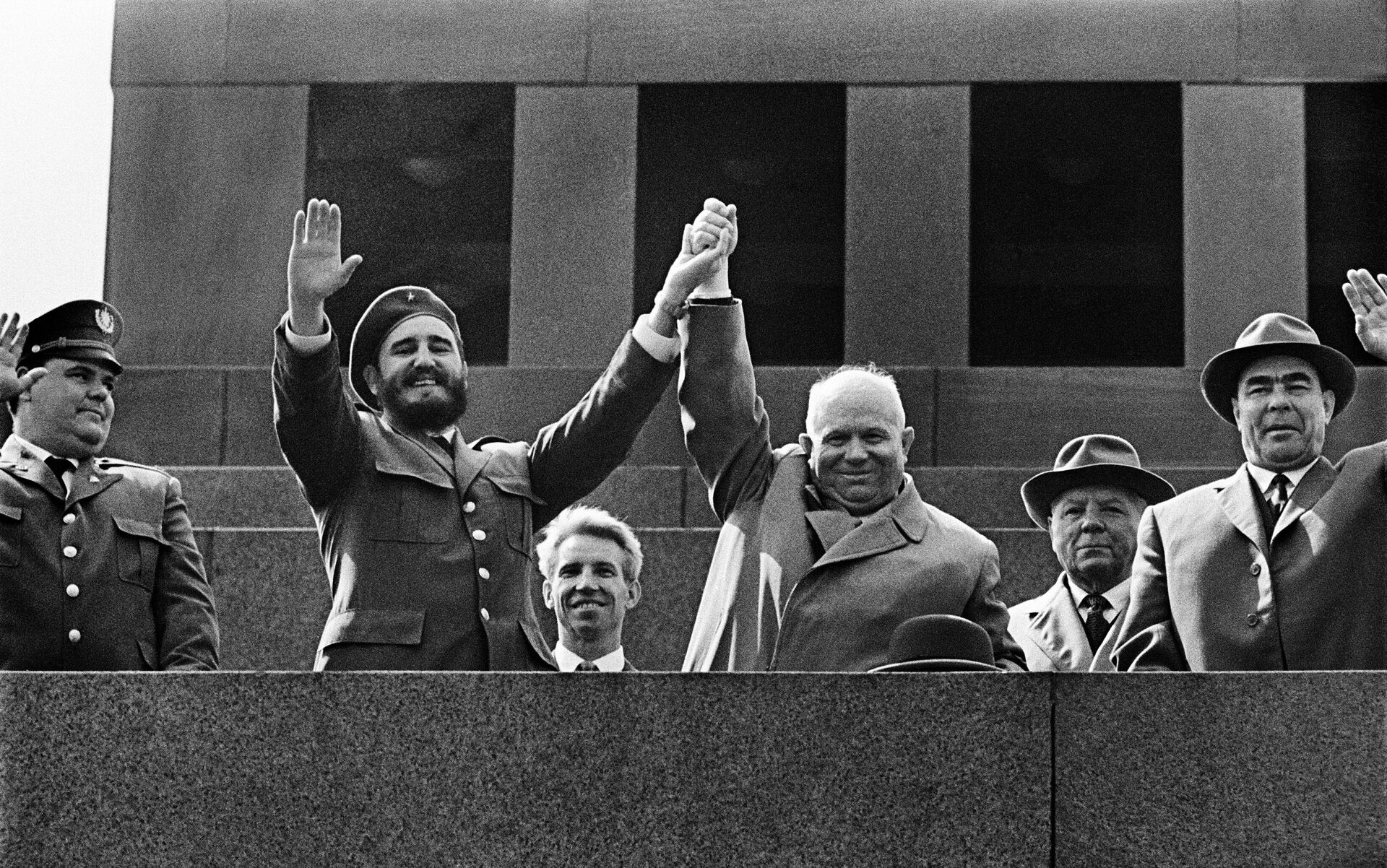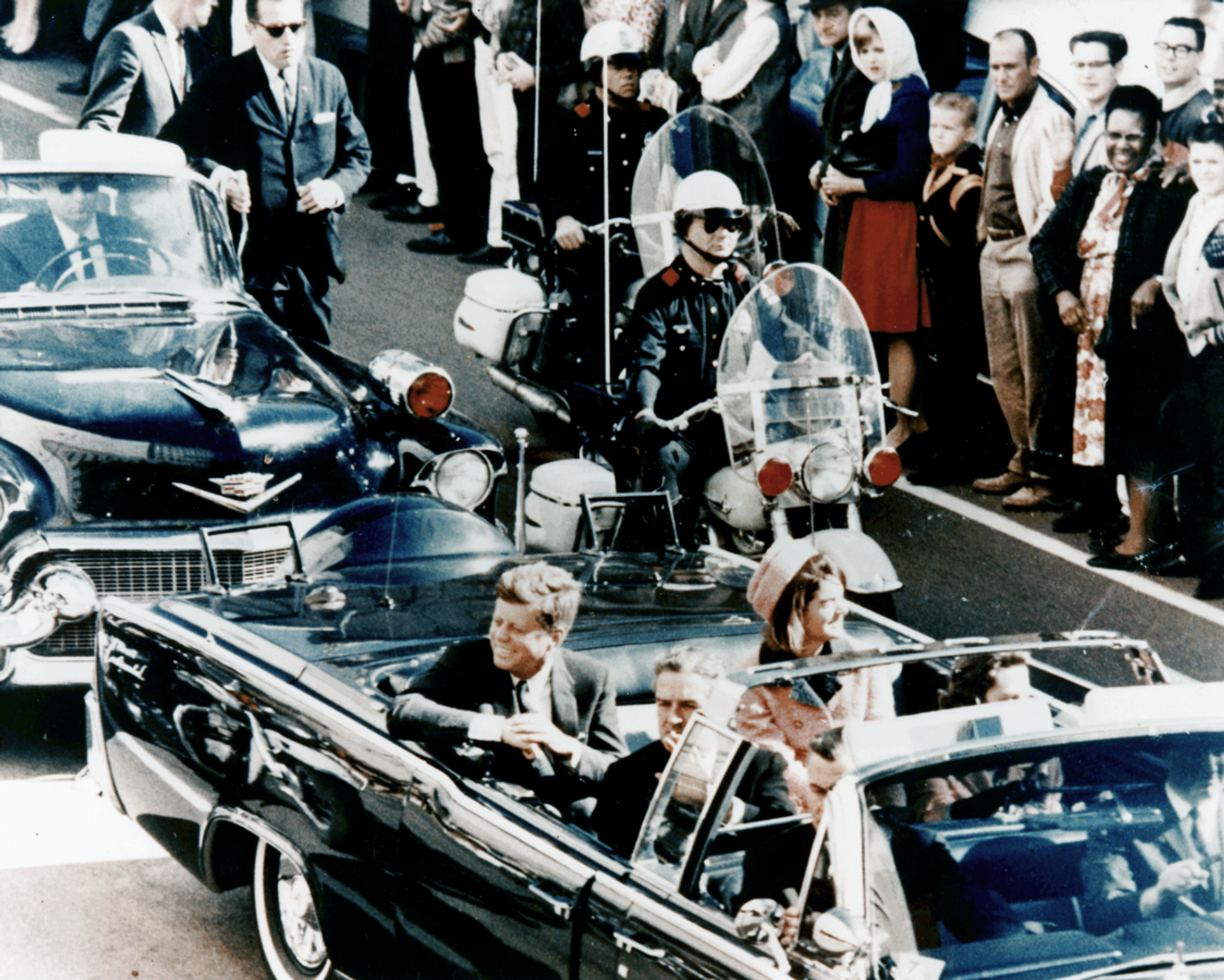https://sputnikglobe.com/20230830/how-washington-moscow-hotline-kept-the-world-safe-for-60-years-1112991665.html
How Washington-Moscow Hotline Kept the World Safe for 60 Years
How Washington-Moscow Hotline Kept the World Safe for 60 Years
Sputnik International
Exactly 60 years ago, the hotline established by the US and the USSR to mitigate nuclear risks and improve mutual communication, became operational. Sputnik has looked back on the history of the famous "red telephone."
2023-08-30T14:29+0000
2023-08-30T14:29+0000
2023-08-30T14:29+0000
us
world
russia
nikita khrushchev
lyndon johnson
moscow
ussr
washington
siemens
pentagon
https://cdn1.img.sputnikglobe.com/img/07e6/02/1c/1093453353_0:53:1280:773_1920x0_80_0_0_d06009d6011dd525d6b0f5b0f9905805.jpg
"The quick brown fox jumped over the lazy dog’s back 1234567890."This was the very first message sent from the US to the USSR on August 30, 1963, through the newly established "hotline" - a direct communications link between the two at-head governments for use in times of emergency. The mysterious message wasn't any sort of a cryptogram: it was a test text that contained all the Latin letters, an apostrophe and all the numbers.Why Was the Hotline Installed?The Washington-Moscow Hotline was established immediately after the Cuban Missile Crisis of 1962.The crisis lasted from October 16 to 28, 1962, and was resolved after then-President John Kennedy agreed to dismantle intermediate-range 'Jupiter' nuclear missiles deployed in Turkiye against the USSR, in exchange for the removal of Soviet nuclear weapons from Cuba.Earlier, on September 9, 1962, Soviet ballistic missiles were delivered to Cuba within the framework of the USSR's secret Operation Anadyr. The US had been unaware for a whole month that Soviet rockets had already been deployed in the Caribbean nation.For several days, the two Cold War powers had been teetering on the edge of a nuclear war. In the midst of the crisis, it took a staggering 12 hours for the US to receive and decipher Soviet leader Nikita Khrushchev's 3,000-character message on October 26, 1962, at 18:00 (GMT-4). It was deadly slow given what was at stake at the moment. Having prevented the nuclear apocalypse, Moscow and Washington decided to establish a "hotline" to contact each other in the event of an emergency, a malfunction or an accident.The Direct Communications Link (DCL) agreement was signed in Geneva, Switzerland, on June 20, 1963. The "hot link" became operational less than a month later, on July 13, 1963.What Did the 'Red Phone' Look Like?The US-USSR "hotline" has been traditionally referred to as a "red phone." However, it was never a red phone that could be picked up to speak. Initially, the hotline consisted of two full-duplex teleprinter stations and a wire telegraph circuit, routed through Washington-London-Copenhagen-Stockholm-Helsinki-Moscow, (and as a backup system a radio telegraph circuit routed Washington-Tangier-Moscow).Each side had two teleprinters with the Latin alphabet and two with the Cyrillic alphabet. It was agreed that messages would be sent and received in both Russian and English as a protection against translation errors. In addition, each side was protected by a pair of ETCRRM offline/online One-Time Tape (OTT) cipher machines developed in 1953 by Norway's Standard Telefon og Kabelfabrik A/S (STK) firm.The Russian (Cyrillic) teleprinter, which was an East-German T-63 made by Siemens (formerly known as Siemens & Halske), was delivered to the Pentagon on August 26, 1963. The now famous test message about the "quick brown fox" was sent to the USSR four days later. The Soviet side replied with a poetic description of a Moscow sunset which equally used all the letters in the Cyrillic alphabet Thus, the communication link was successfully established.So they decided to use two satellite communications circuits, one of which was installed by the US via the commercial "Intelsat IV Satellite System". The other one was installed by the USSR and used four of Moscow's "Molniya II Satellites". The two satellite circuits became operational in January 1978, while the radio circuit agreed upon in the 1963 agreement was then terminated. Nonetheless, the wire telegraph circuit was retained as a backup.Meanwhile, technical progress offered new reliable solutions and on July 17, 1984, the US and the USSR agreed to upgrade the DCL with facsimile equipment. As a result, Group III faxes, running at 4800 baud, were installed in both Moscow and Washington. The new equipment boasted a set of unquestionable advantages. First, besides texts, it was capable of sending handwritten messages, charts, maps and photographs. Second, a fax was 12 times faster than a teleprinter.In 1985, the facsimile equipment at both ends became operational. Then US President Ronald Reagan received a lengthy handwritten letter from his Soviet counterpart Mikhail Gorbachev. The handwriting of the Soviet president was almost unreadable making even the best US translators sweat.What Does the Current Day US-Russia 'Hotline' Look Like?The collapse of the USSR in 1991 did not wipe out the "hotline". The reliable communication link was up and running all the time. In 2007, the Direct Communication Link (DCL) saw a new upgrade: it was replaced by a special computer network with e-mail and chat functionality. The new system started operations on January 1, 2008.It continues to use the two satellites link, but the US and Russia have modernized their space equipment orbiting the planet and replaced the old back-up cable with a fiber optic cable. Now, the governments' urgent messages and data can be sent in near real-time – a sharp contrast with the tense and slow October 1962 exchanges between angry Khrushchev and no less agitated John Kennedy.What Are Other US-Russia Communication Links?Besides the famous "hotline", Washington and Moscow maintain a set of other government connections, as per open sources. The US-Russia communication links also include Direct Voice Link (DVL); Government-to-Government Communication Link (GGCL); Nuclear Risk Reduction Center (NRRC); and Foreign Affairs Link (FAL).How Often Has the Washington-Moscow 'Hotline' Been Used?The direct communication link has been used many times by Moscow and Washington, below are just a few memorable instances:November 22, 1963: The first important message along the line was that of the assassination of US President John F. Kennedy, which occurred just a few months after the DCL became operational.1967: The DCL channel was also used during the Six Day War between Egypt and Israel in 1967. At the time, US warships were deployed in the Mediterranean Sea and the Soviet ones in the Black Sea. Then US President Lyndon Johnson contacted Chairman of the Council of Ministers of the USSR Alexei Kosygin to clarify the intentions of the fleet movements.The "hotline" was also used in a peaceful environment. Thus, Johnson, who served as the 36th president of the United States from 1963 to 1969, ordered to inform the USSR about the flights of the American "Apollo" spacecraft through the DCL.1971: War between India and Pakistan became yet another occasion when the DCL was instrumentalized by the US and Soviet leaders.1979: The Soviet government's decision to respond to the request of the Afghanistan government and send a limited contingent to the region prompted the US to express its opposition. Having threatened the Soviet Union with "serious consequences" through the DCL, then-US President James Earl Carter Jr. ended his letter to then-Soviet General Secretary Leonid Brezhnev quite diplomatically: "Best regards, Jimmy Carter."2016: Remarkably, in October 2016, the Barack Obama administration used the Moscow-Washington "hotline" to warn Russia against interfering in US presidential elections. Russian President Vladimir Putin has repeatedly rubbished the claims of Moscow's meddling in US elections as absurd. Nonetheless, the alleged "interference" was weaponized by the US establishment to later smear then-Republican President Donald Trump and undermine Russo-American relations.Despite the technical capabilities for communication getting more sophisticated, real communication between Russia and the United States appears to be on the decline. During the Cold War, the leaders of the countries had the political will to create institutions and hold talks about disarmament. Today, the US administrations has undermined the Cold War nuclear arms agreements with Moscow, making the world more dangerous and less predictable.
https://sputnikglobe.com/20221231/how-the-ussr-changed-the-face-of-the-world-1105953088.html
https://sputnikglobe.com/20221220/blast-from-past-how-cia-and-kgb-played-catch--swap-games-1105651270.html
https://sputnikglobe.com/20220114/pentagon-says-does-not-see-need-for-hotline-with-russia-for-deconfliction-on-ukraine-1092265965.html
https://sputnikglobe.com/20210818/a-tale-of-two-withdrawals-why-soviet-and-us-pull-outs-from-afghanistan-were-so-different-1083640041.html
https://sputnikglobe.com/20230829/russia-voices-position-on-ukraine-and-foreign-affairs-ahead-of-un-general-assembly--1112966991.html
russia
moscow
ussr
washington
ukraine
Sputnik International
feedback@sputniknews.com
+74956456601
MIA „Rossiya Segodnya“
2023
News
en_EN
Sputnik International
feedback@sputniknews.com
+74956456601
MIA „Rossiya Segodnya“
Sputnik International
feedback@sputniknews.com
+74956456601
MIA „Rossiya Segodnya“
moscow-washington hotline, moscow-washigton red phone, us-ussr hotline, us-ussr hotline anniversary, moscow-washington hotline significance, what is the red phone in the white house, what was the hotline cold war, hotline agreement 1963, why was the hotline installed in 1963, washington moscow hotline code, red phone hotline
moscow-washington hotline, moscow-washigton red phone, us-ussr hotline, us-ussr hotline anniversary, moscow-washington hotline significance, what is the red phone in the white house, what was the hotline cold war, hotline agreement 1963, why was the hotline installed in 1963, washington moscow hotline code, red phone hotline
How Washington-Moscow Hotline Kept the World Safe for 60 Years
Exactly 60 years ago, the hotline established by the US and the USSR to mitigate nuclear risks and improve mutual communication, became operational. Sputnik has looked back on the history of the famous "red telephone."
"The quick brown fox jumped over the lazy dog’s back 1234567890."
This was the very first message sent from the US to the USSR on August 30, 1963, through the newly established "hotline" - a direct communications link between the two at-head governments for use in times of emergency. The mysterious message wasn't any sort of a cryptogram: it was a test text that contained all the Latin letters, an apostrophe and all the numbers.
Why Was the Hotline Installed?
The
Washington-Moscow Hotline was established immediately after
the Cuban Missile Crisis of 1962.
The crisis lasted from October 16 to 28, 1962, and was resolved after then-President John Kennedy agreed to dismantle intermediate-range 'Jupiter' nuclear missiles deployed in Turkiye against the USSR, in exchange for the removal of Soviet nuclear weapons from Cuba.
Earlier, on September 9, 1962, Soviet ballistic missiles were delivered to Cuba within the framework of the USSR's secret Operation Anadyr. The US had been unaware for a whole month that Soviet rockets had already been deployed in the Caribbean nation.
For several days, the two Cold War powers had been teetering on the edge of a nuclear war. In the midst of the crisis, it took a staggering 12 hours for the US to receive and decipher Soviet leader Nikita Khrushchev's 3,000-character message on October 26, 1962, at 18:00 (GMT-4). It was deadly slow given what was at stake at the moment. Having prevented the nuclear apocalypse, Moscow and Washington decided to establish a "hotline" to contact each other in the event of an emergency, a malfunction or an accident.
The Direct Communications Link (DCL) agreement was signed in Geneva, Switzerland, on June 20, 1963. The "hot link" became operational less than a month later, on July 13, 1963.
What Did the 'Red Phone' Look Like?
The US-USSR "hotline" has been traditionally referred to as a "red phone." However, it was never a red phone that could be picked up to speak. Initially, the hotline consisted of two full-duplex teleprinter stations and a wire telegraph circuit, routed through Washington-London-Copenhagen-Stockholm-Helsinki-Moscow, (and as a backup system a radio telegraph circuit routed Washington-Tangier-Moscow).
Each side had two teleprinters with the Latin alphabet and two with the Cyrillic alphabet. It was agreed that messages would be sent and received in both Russian and English as a protection against translation errors. In addition, each side was protected by a pair of ETCRRM offline/online One-Time Tape (OTT) cipher machines developed in 1953 by Norway's Standard Telefon og Kabelfabrik A/S (STK) firm.
The Russian (Cyrillic) teleprinter, which was an East-German T-63 made by Siemens (formerly known as Siemens & Halske), was delivered to the Pentagon on August 26, 1963. The now famous test message about the "quick brown fox" was sent to the USSR four days later. The Soviet side replied with a poetic description of a Moscow sunset which equally used all the letters in the Cyrillic alphabet Thus, the communication link was successfully established.
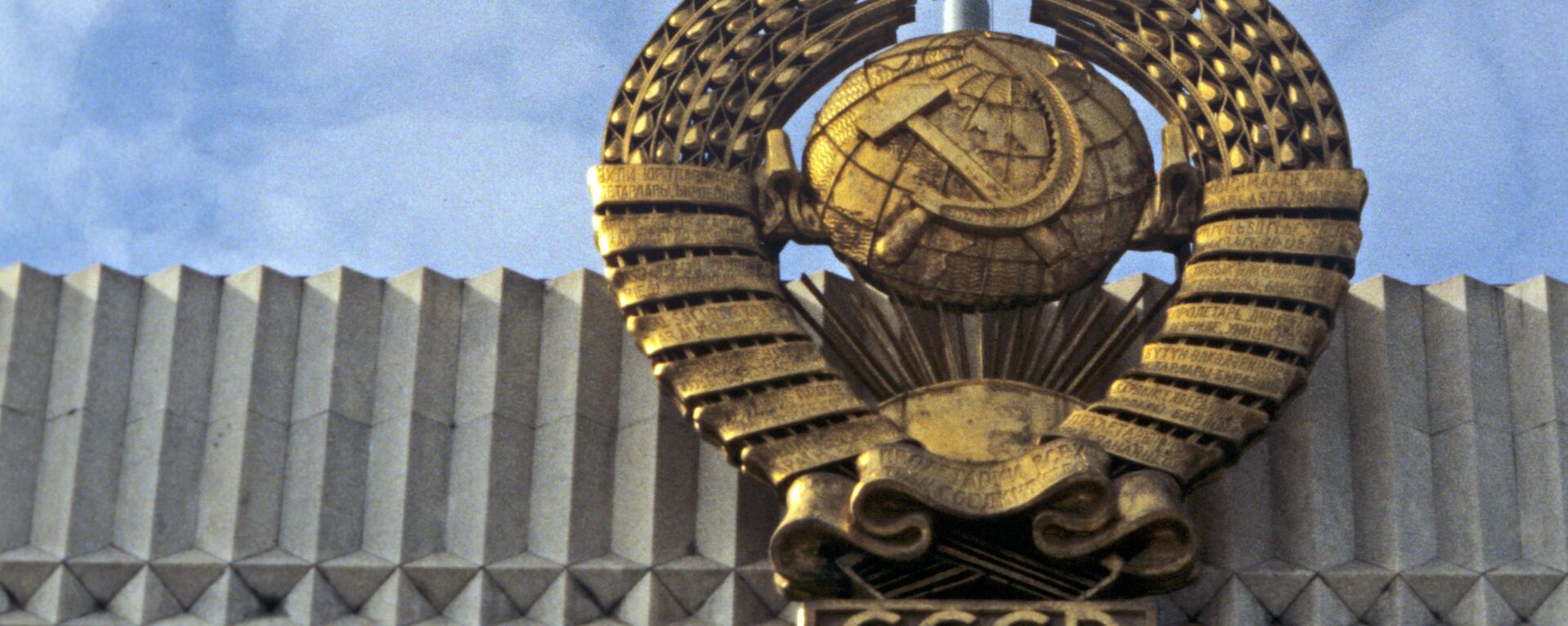
31 December 2022, 11:48 GMT
In 1971, Moscow and Washington decided to "improve" the system, which "had shown its value in emergency situations." According to the US-USSR agreement, dated September 30, 1971, "the advances in satellite communications technology that had occurred since 1963 (…) offered the possibility of greater reliability than the arrangements originally agreed upon."
So they decided to use two satellite communications circuits, one of which was installed by the US via the commercial "Intelsat IV Satellite System". The other one was installed by the USSR and used four of Moscow's "Molniya II Satellites". The two satellite circuits became operational in January 1978, while the radio circuit agreed upon in the 1963 agreement was then terminated. Nonetheless, the wire telegraph circuit was retained as a backup.
Meanwhile, technical progress offered new reliable solutions and on July 17, 1984, the US and the USSR agreed to upgrade the DCL with facsimile equipment. As a result, Group III faxes, running at 4800 baud, were installed in both Moscow and Washington. The new equipment boasted a set of unquestionable advantages. First, besides texts, it was capable of sending handwritten messages, charts, maps and photographs. Second, a fax was 12 times faster than a teleprinter.
In 1985, the facsimile equipment at both ends became operational. Then US President Ronald Reagan received a lengthy handwritten letter from his Soviet counterpart Mikhail Gorbachev. The handwriting of the Soviet president was almost unreadable making even the best US translators sweat.
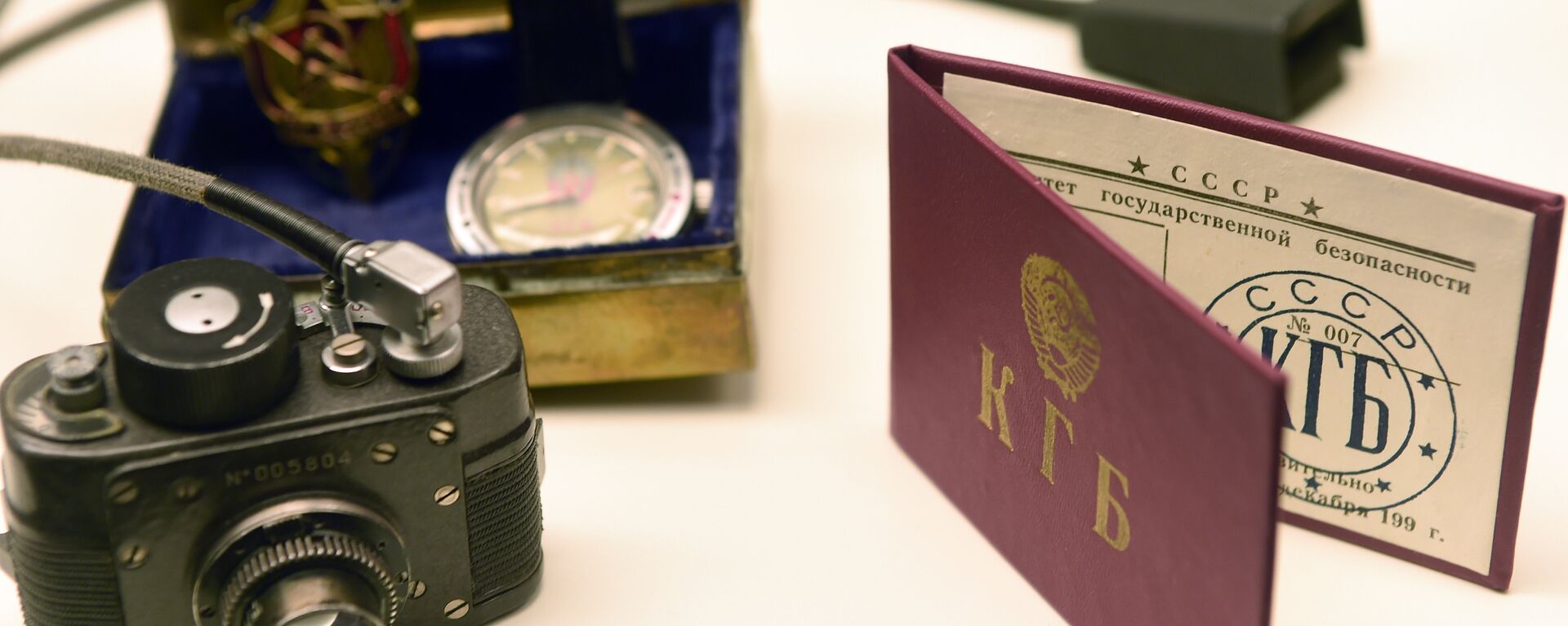
20 December 2022, 18:58 GMT
What Does the Current Day US-Russia 'Hotline' Look Like?
The collapse of the USSR in 1991 did not wipe out the "hotline". The reliable communication link was up and running all the time. In 2007, the Direct Communication Link (DCL) saw a new upgrade: it was replaced by a special computer network with e-mail and chat functionality. The new system started operations on January 1, 2008.
It continues to use the two satellites link, but the US and Russia have modernized their space equipment orbiting the planet and replaced the old back-up cable with a fiber optic cable. Now, the governments' urgent messages and data can be sent in near real-time – a sharp contrast with the tense and slow October 1962 exchanges between angry Khrushchev and no less agitated John Kennedy.
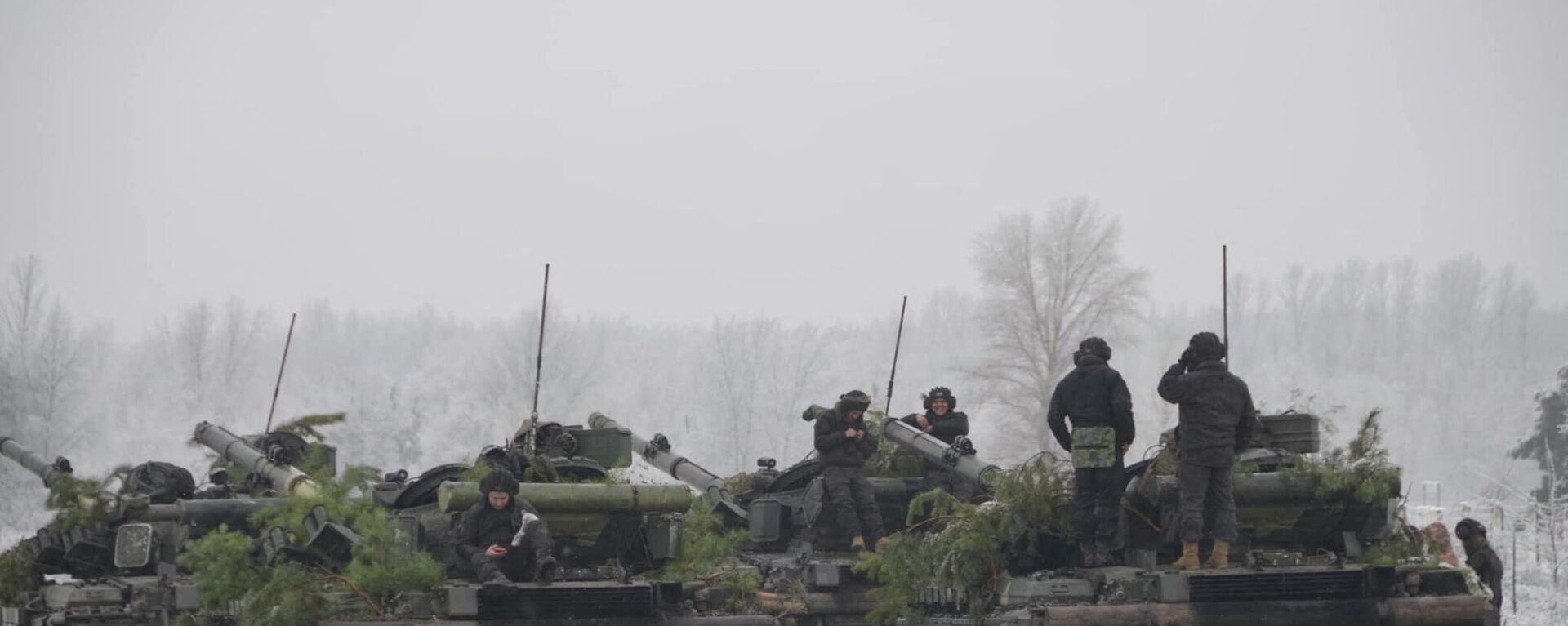
14 January 2022, 18:52 GMT
What Are Other US-Russia Communication Links?
Besides the famous "hotline", Washington and Moscow maintain a set of other government connections, as per open sources. The US-Russia communication links also include Direct Voice Link (DVL); Government-to-Government Communication Link (GGCL); Nuclear Risk Reduction Center (NRRC); and Foreign Affairs Link (FAL).
How Often Has the Washington-Moscow 'Hotline' Been Used?
The direct communication link has been used many times by Moscow and Washington, below are just a few memorable instances:
November 22, 1963: The first important message along the line was that of the assassination of US President John F. Kennedy, which occurred just a few months after the DCL became operational.
1967: The DCL channel was also used during the Six Day War between Egypt and Israel in 1967. At the time, US warships were deployed in the Mediterranean Sea and the Soviet ones in the Black Sea. Then US President Lyndon Johnson contacted Chairman of the Council of Ministers of the USSR Alexei Kosygin to clarify the intentions of the fleet movements.
The "hotline" was also used in a peaceful environment. Thus, Johnson, who served as the 36th president of the United States from 1963 to 1969, ordered to inform the USSR about the flights of the American "Apollo" spacecraft through the DCL.
1971: War between India and Pakistan became yet another occasion when the DCL was instrumentalized by the US and Soviet leaders.
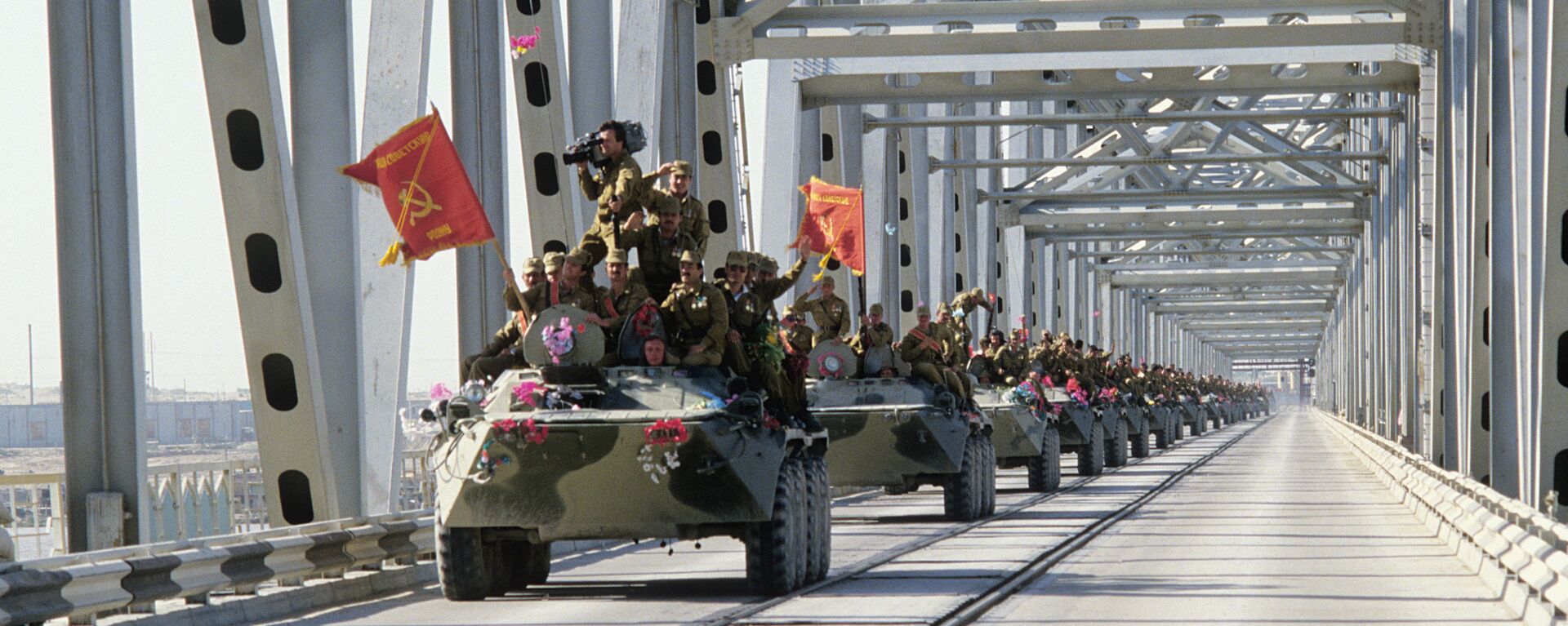
18 August 2021, 04:00 GMT
1979: The Soviet government's decision to respond to
the request of the Afghanistan government and send a limited contingent to the region prompted the US to express its opposition. Having threatened the Soviet Union with "serious consequences" through the DCL, then-US President James Earl Carter Jr. ended his letter to then-Soviet General Secretary Leonid Brezhnev quite diplomatically: "Best regards, Jimmy Carter."
2016: Remarkably, in October 2016, the Barack Obama administration used the Moscow-Washington "hotline" to warn Russia against interfering in US presidential elections.
Russian President Vladimir Putin has repeatedly rubbished the claims of Moscow's meddling in US elections as absurd. Nonetheless, the alleged "interference" was weaponized by the US establishment to later smear then-Republican
President Donald Trump and undermine Russo-American relations.
Despite the technical capabilities for communication getting more sophisticated, real communication between Russia and the United States appears to be on the decline. During the Cold War, the leaders of the countries had the political will to create institutions and hold talks about disarmament. Today, the US administrations has undermined the Cold War nuclear arms agreements with Moscow, making the world
more dangerous and less predictable.
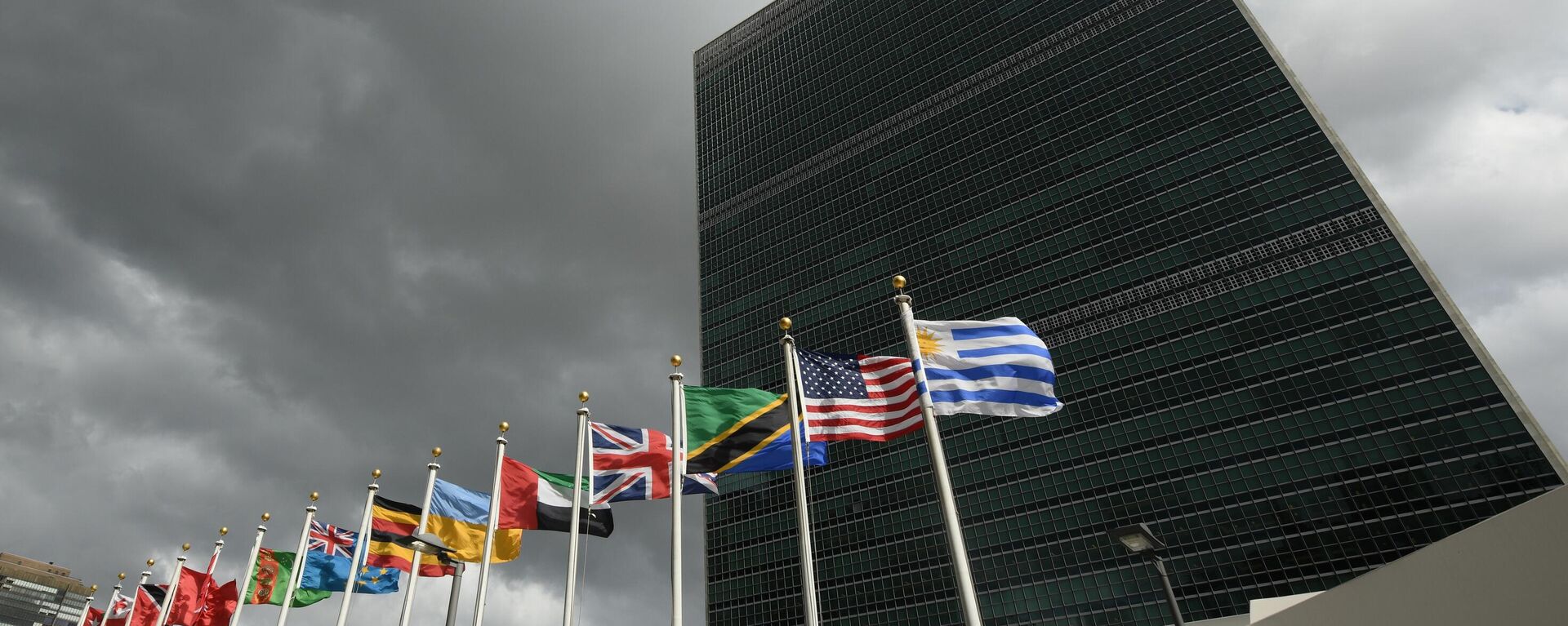
29 August 2023, 14:58 GMT

